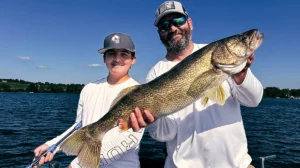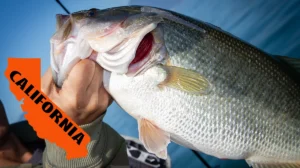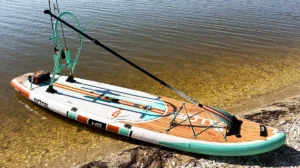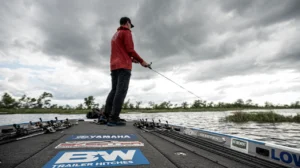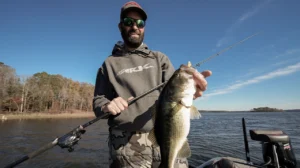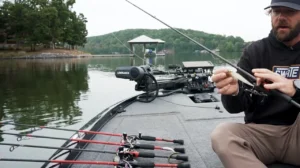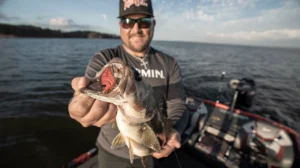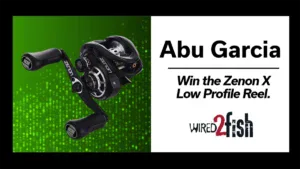The surf zone is a variable saltwater playground, as the coastal US encompasses thousands of miles of beaches for surf fishing. While a dynamic approach to fishing the surf includes tossing plugs, poppers and metals, the surefire lock to get a strike is usually by throwing the bait du jour of any species you want to target. Various bait fishing rigs span the East, West and Gulf coasts, but one rig can be applied to all surf environments – the Fishfinder Slide Rig.
Benefits of the Fishfinder Rig
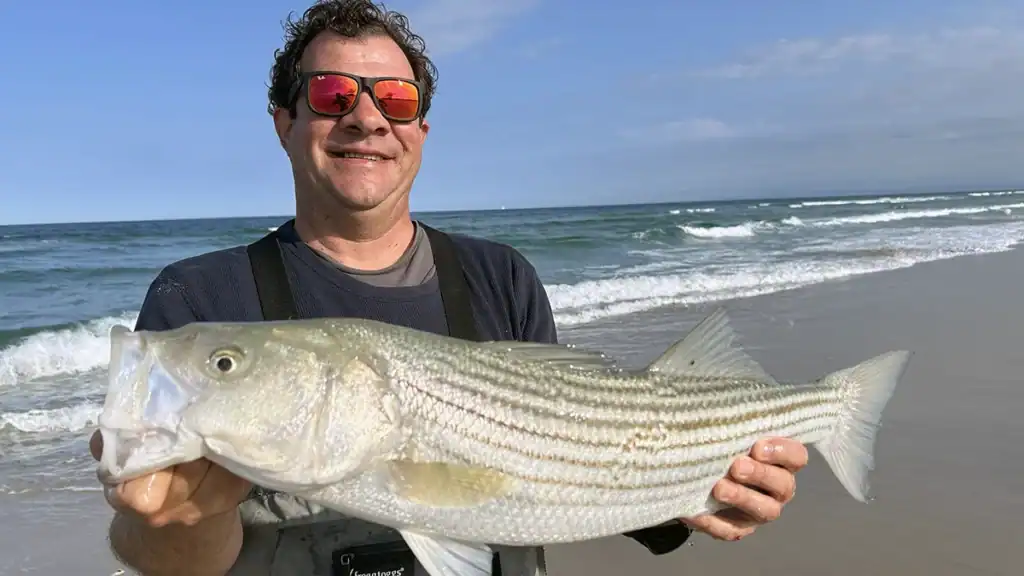
What makes this particular rig so effective and in demand is that, unlike other bottom rigs, the slide function of the rig allows a fish to pick up the bait and run freely without any resistance from the sinker. As the line pulls through the slide, the fish won’t feel a thing to alert it to spit out the bait.
Surf Baits
Baits that can be used on this rig span the entire spectrum, especially depending on the surf you’re fishing. For Northeast anglers, chunks of bunker, fresh clams, bloodworms, sandworms, squid and sand fleas are top baits. Along the Mid-Atlantic, Florida and the Gulf states, cut mullet, menhaden, sand fleas and shrimp are the go-to offerings. In California, sand crabs, cut sardines and seaworms are relevant.
Surf Fishing Hooks
Hook sizes are dependent upon the size of the fish you choose to target. In the Northeast, chunkers will use size 5/0 to 12/0 Gamakatsu octopus hooks (circle or non-circle) for an array of striped bass, bluefish, weakfish, black drum and sharks. The southern states can employ the same size hooks when using chunk baits for redfish, snook, tarpon and sharks, but will also scale down to size #8 to 2/0 Mustad #92641 baitholder hooks for smaller fare such as whiting, pompano, spot, croakers and others. Out in California, the larger hooks tend to be used when going after stingrays, bat rays, sharks and halibut, while smaller sized hooks are used for barred surfperch and corbina.
Tying the Fishfinder Slide Rig

The rig itself is generally built out the same, even if the leader, hooks and weights are sized differently in various regions. For illustrative purposes here is the schematic; of course you can and should interchange the appropriate hook, leader and sinker to your target species.
Build this rig with a braid-resistant size #6 duolock sinker slide clip on the running line paired with a 2- to 8-ounce bank or pyramid sinker, then a 75-pound barrel swivel, a 20- to 28-inch piece of 20- to 40-pound fluorocarbon leader, and size 2/0 to 8/0 octopus hook. The sinker is clipped to the slide clip.
If you are spooled up with a braid running line, then be sure to use a Sea Striker fishfinder slide with the heavy duty black, blue or yellow nylon slide clip, otherwise the braid will rip through most flimsy plastic black slides. Monofilament anglers can get away with the lesser strength slides, but I always use the heavy duty ones just for confidence in my rig.
Fishfinder Rig Success

Once cast out, put your rod in a sand spike with your drag set appropriately. When a fish takes the bait, it picks it up and runs feeling no pressure. The rod tip will notify the angler with bounces during the take; that’s when the angler grabs the rod and sets the hook.
The only drawback of the slide rig is that it tends to helicopter a little bit during the cast, so you won’t usually get the same distance as you would on a hi-lo or other bottom rig. However, the advantage of the slide rig definitely comes into play when targeting more wary fish such as striped bass, redfish and comparable species.
If shark fishing, instead of the fluorocarbon leader, switch over to wire. Or you can crimp on an 80- to 130-pound monofilament shock leader instead. You’ll find that you get more strikes with the free-flowing fishfinder rig than most any other surf bait rig.


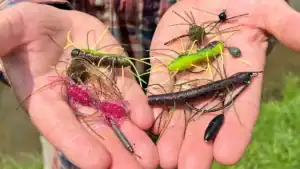

![[VIDEO] Gussy’s Drop Shot Setup for Big Smallmouth Bass](https://www.wired2fish.com/wp-content/uploads/2024/09/drop-shot-setup-300x169.webp)

